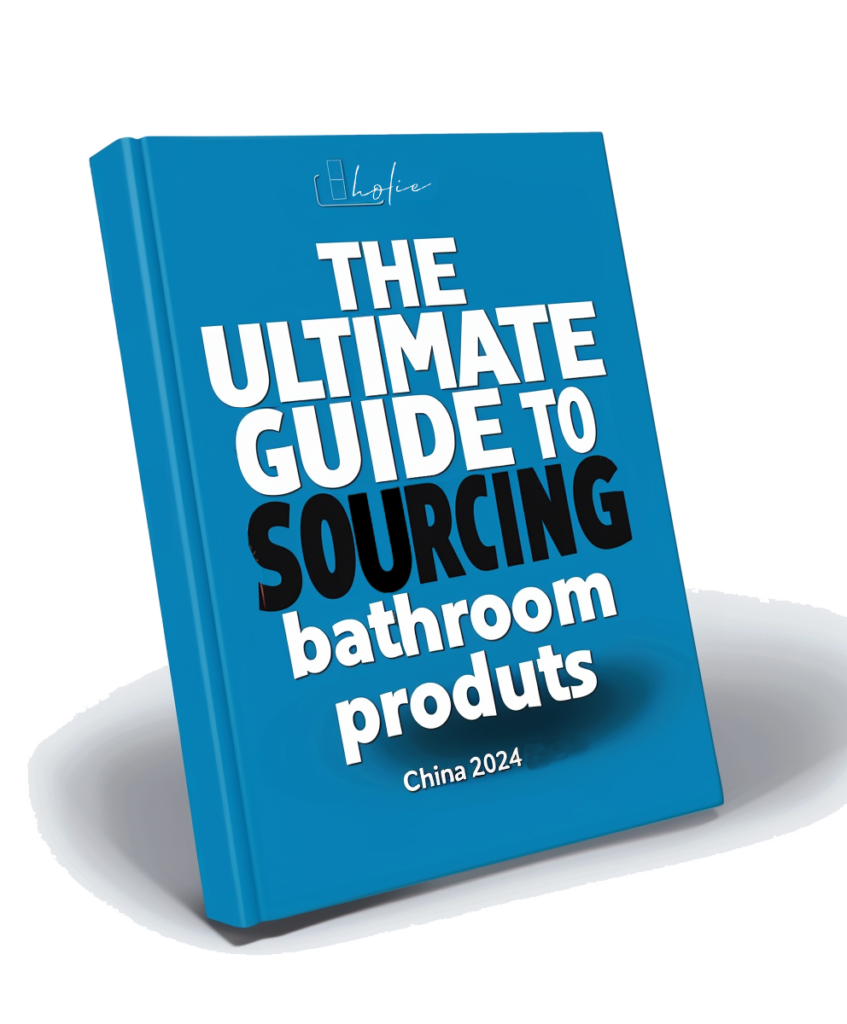Introduction:
Sanitary ware, comprising toilets, sinks, bathtubs, and other bathroom fixtures, is an essential component of any modern household or commercial space. With China being a prominent global supplier of sanitary ware, importing these products has become a lucrative option for businesses worldwide. However, navigating the complexities of international trade can be daunting, especially for those new to the process. This comprehensive guide aims to demystify the steps involved in purchasing and importing sanitary ware from China, offering invaluable insights and practical tips for a successful venture.
Understanding the Market:
Before delving into the buying and importing process, it's crucial to understand the dynamics of the sanitary ware market in China. China boasts a vast network of manufacturers, ranging from large-scale factories to smaller, specialized workshops, each offering a diverse range of products at varying price points. Conducting thorough market research is essential to identify reputable suppliers, assess product quality, and determine competitive pricing.
Identifying Product Requirements:
Define your specific requirements regarding product specifications, quantity, quality standards, and budget constraints. Whether you're sourcing standard fixtures or customized designs, clarity on your requirements will streamline the supplier selection process and ensure that you procure products that meet your expectations.
Finding Reliable Suppliers:
Finding reliable suppliers is perhaps the most critical step in the procurement process. Utilize online B2B platforms such as Alibaba, Made-in-China, or Global Sources to browse through a vast directory of suppliers. Look for suppliers with a proven track record, positive customer feedback, and appropriate certifications (such as ISO, CE, or ANSI). Direct communication with suppliers via email, phone calls, or video conferences can help establish trust and clarify any concerns regarding product quality, pricing, or shipping arrangements.
Requesting Samples:
Before placing bulk orders, it's advisable to request samples from shortlisted suppliers to assess product quality firsthand. Evaluate the samples for durability, aesthetics, and functionality, ensuring that they meet your standards and specifications. Pay attention to details such as finish, material quality, and dimensional accuracy, as these factors can significantly impact customer satisfaction.
Negotiating Terms and Pricing:
Once satisfied with the samples, initiate negotiations with the chosen supplier regarding pricing, payment terms, lead times, and shipping arrangements. Seek competitive pricing without compromising on quality, and clarify all terms and conditions to avoid misunderstandings later on. Consider factors such as volume discounts, payment methods (e.g., T/T, L/C), and incoterms (e.g., FOB, CIF) when finalizing the agreement.
Quality Assurance and Compliance:
Ensure that the chosen supplier adheres to stringent quality control measures and complies with relevant industry standards and regulations. Request product certifications and test reports to verify compliance with safety and performance requirements in your target market. Conduct factory inspections or enlist the services of third-party inspection agencies to assess manufacturing processes and product quality before shipment.
Managing Shipping and Logistics:
Coordinate with the supplier to arrange shipping and logistics for your consignment. Choose a reliable freight forwarder or shipping agent experienced in handling international cargo to ensure smooth transit and timely delivery. Consider factors such as transportation mode (air, sea, or land), shipping incoterms, customs clearance procedures, and insurance coverage to mitigate risks and minimize delays.
Navigating Customs and Import Procedures:
Familiarize yourself with the customs and import regulations of your country to facilitate hassle-free clearance of your imported goods. Prepare all necessary documentation, including commercial invoices, packing lists, certificates of origin, and import permits, to comply with customs requirements. Work closely with customs brokers or freight forwarders to navigate any regulatory hurdles and expedite the customs clearance process.
Ensuring After-Sales Support:
Establish clear lines of communication with the supplier to address any post-purchase issues or concerns promptly. Seek assurances regarding after-sales support, warranty provisions, and spare parts availability to safeguard your investment and ensure customer satisfaction. Maintain a proactive approach in resolving any quality issues or logistical challenges that may arise during the import process.
Conclusion:
Importing sanitary ware from China offers businesses an opportunity to access a vast array of high-quality products at competitive prices. By following the steps outlined in this guide, from market research and supplier selection to shipping logistics and customs clearance, you can navigate the complexities of international trade with confidence and efficiency. With careful planning, diligent sourcing, and adherence to quality standards, importing sanitary ware from China can be a rewarding and profitable venture for businesses worldwide.




